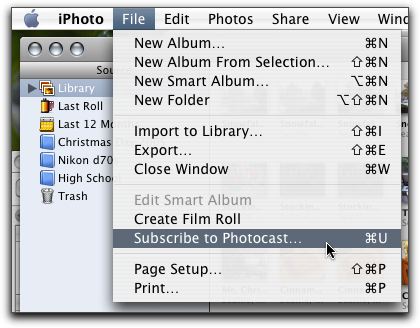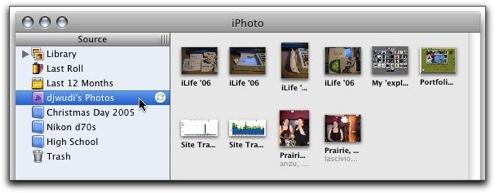Just a few months after getting my D70s, Nikon’s wrapped up their 20-day teaser campaign by introducing the Nikon D80. Overall, it looks really good — the only thing I see that doesn’t really excite me is that the D80 uses SD rather than Compact Flash (which was one of the reasons I chose the CF-based D70s rather than the SD-based D50), but it makes sense given SD’s dominance of the small camera market.
Brief specs on the D80 (vs D70s):
- 10 megapixel (6 mp)
- 3 frames per second, 23 continuous shots (3 FPS, 12 continuous)
- SD (CF)
- 11 area AF system (5 area)
- ISO 100-1600 (200-1600)
- Upgraded commander mode on the built-in flash
- Larger, brighter, D200-style viewfinder
- 2.5″, 230k pixel LCD (2.0″, 130k pixel LCD)
- EN-EL3e battery (EN-EL3a)
- MB-D80 battery/portrait grip
- In-camera retouching (D-lighting, cropping, redeye fix, color).
Looks really, really nice. Given the switch to SD, when it comes time for me to upgrade in a few years I’ll likely be looking at the D200 (or whatever the current camera at that point in Nikon’s lineup is at the time) so I can stick with the CF cards I have now, but the D80 will definitely be fun to play with when it shows up at work. Theoretically, the D80 should be available for sale in September…we’ll see how quickly Nikon can actually get these on to the shelves (the D200, announced in Nov. 2005, has just started showing up regularly on store shelves).
More detailed looks at the D80 are at DP Review, Rob Galbraith DPI and Let’s Go Digital.
Also announced were the AF-S DX 18-135mm f/3.5-5.6G IF-ED (the kit lens for the D80) and the AF-S VR 70-300mm f/4.5-5.6G IF-ED.
![]()
“MANYMEN ARE ZOMBIES” by Jadmix from the album jadmix@gmail.com (5:15).











